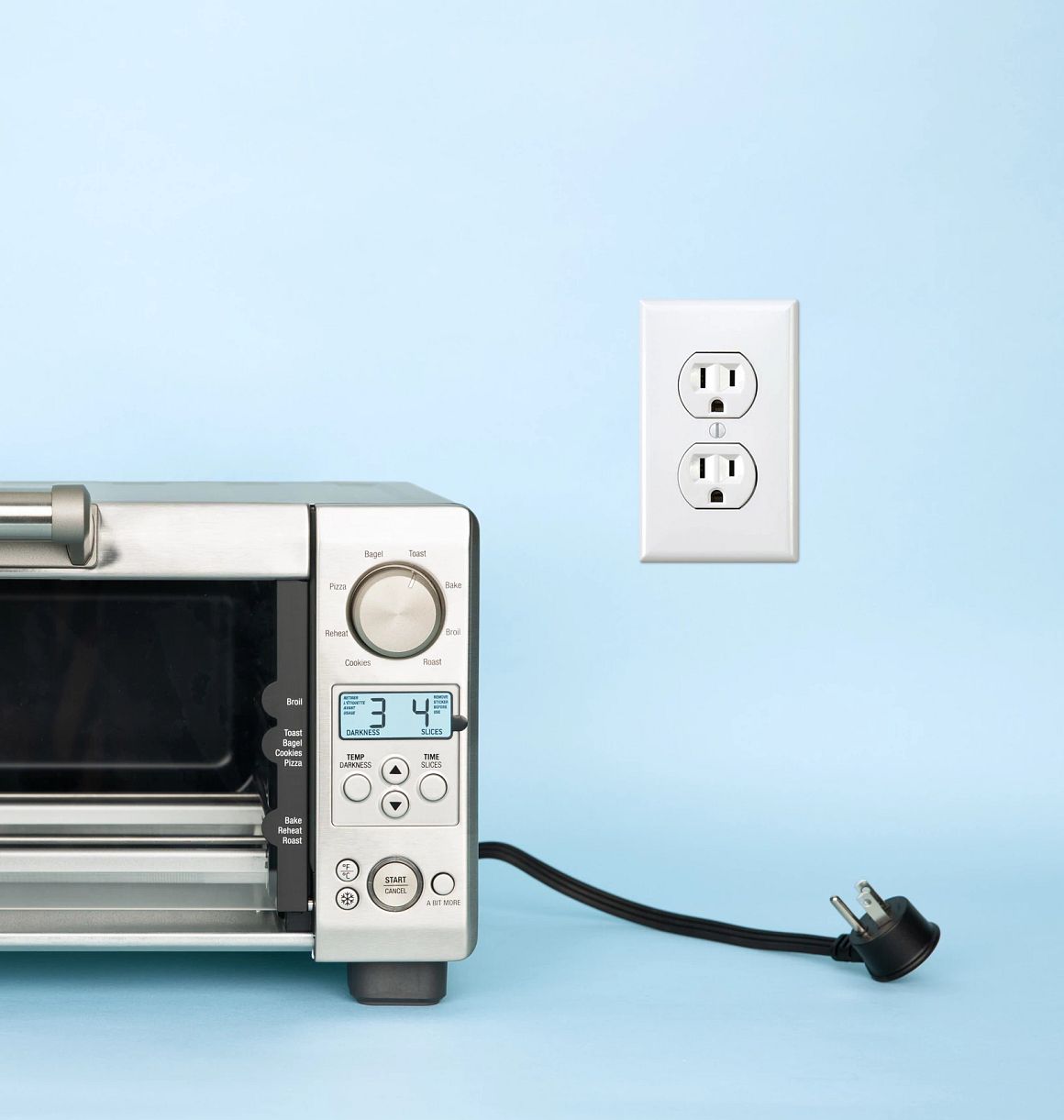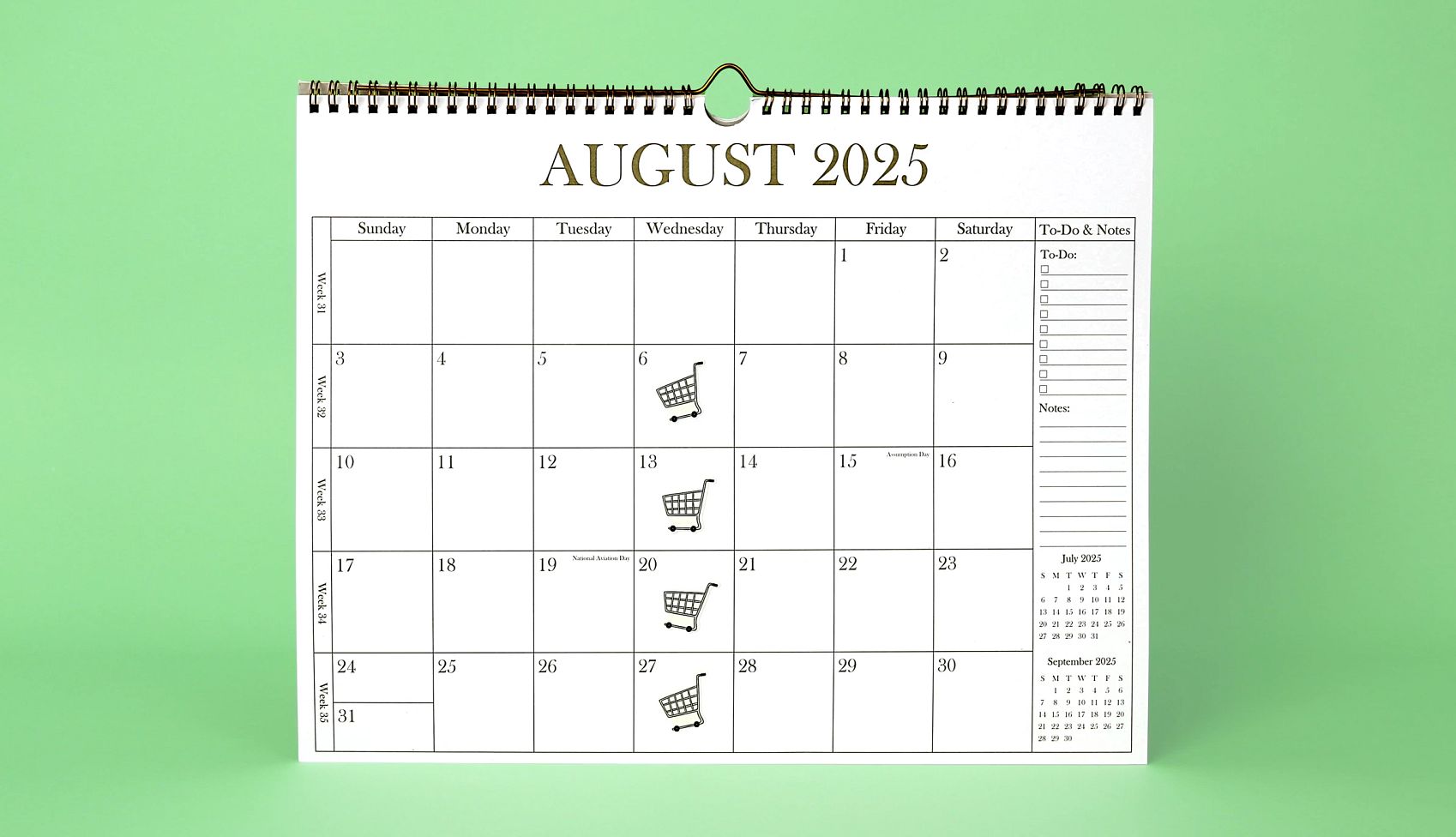Welcome to the 16th annual edition of 99 Great Ways to Save. We’ve all weathered some economic turbulence in the time we’ve been producing these tips — inflation, rising interest rates, fundamental changes in the way people shop, and now uncertainty about whether and how changes in international trade tariffs will hit our pocketbooks.
One thing that hasn’t changed: the importance of saving a buck. So we’ve consulted with some of America’s top experts for tips on saving at the grocery store, on travel, with home improvements and car care and more. Not every tip will work for you, but we are confident that you will find ways to save that fit your lifestyle. Happy (bargain) hunting.
Grocery shopping
1. Use self-checkout. Self-checkout can lead to a decrease in impulse purchases, in large part because shoppers are paying attention to what they’re buying and how much things cost when they’re scanning items.
2. Be wary of endcap sales. Strategically placed to capture your attention, these “sales” don’t necessarily represent the best price for an item. You might get a better price in the aisle where the product is normally stocked.
3. Go for reusable coffee pods. As an example, 24 disposable K-cups of Folgers cost $13.82. A 26-ounce container of Folgers will make more than 50 cups for around $13. At that rate, reusable K-cup coffee filters at $9 for four will quickly pay for themselves.

4. Use your store card and load digital coupons. At many supermarkets, your frequent-shopper card automatically registers discounts. But some stores have an additional digital coupon program for other items. Peruse the online circular and select the items you want in advance, or do this in the store at a dedicated kiosk.
5. Buy frozen veggies. Do you find fresh produce going bad before you can use it? Frozen veggies are flash frozen at the peak of ripeness and can keep for months in the freezer, so they’re there when you need them. Go for the store brand, as those prices are typically lowest.
6. Always check your receipt. Review the sales slip before you leave the store. If you find an error — most often when an item on sale rings up as the full price — you can get a refund fast. If you wait to check until you get home, you’re less likely to follow up.
7. Look high and low. Some grocery stores place the more expensive items at eye level, while the more economical brands in the same category may be on a higher or lower shelf. Don’t be shy about asking for help to reach up so you can compare prices. You may be surprised at the savings.
8. Try store brands. You can save 30 to 50 percent off the cost of name brands. Check the ingredients in the store brand’s product against the ones in your favorite name brand. You may be able to return an item if not satisfied.
9. Go to the clearance section. You can find deep discounts, especially after holidays, when holiday-themed items are marked down, including cereal, candy and paper goods. Blue Buffalo “Santa Snacks” dog treats were marked down from $5.49 to $3.49 after Christmas.
10. Check flyers, front and back. Supermarkets often put “loss leaders” on both sides of their weekly circulars. These discounts can be so deep that the store actually loses money on them to entice you into the store.
Home and garden
11. Plant trees — strategically. Placing trees on your property can cut your home energy costs throughout the year, including a 30 percent decrease in air-conditioning needs and a 20 to 50 percent reduction in heating expenses, according to the Arbor Day Foundation. For the most impact, plant evergreens to the north and west of your home to block wind in the winter, and deciduous trees to shade east and west windows, patios and your air-conditioning unit.
12. Consider an electric lawnmower. While it may cost more than a gas-powered one up front, you could come out ahead after two years, depending on the size of your yard and the type of mower you use, according to a Consumer Reports calculation. That break-even point could get even shorter if electric mowers continue to get less expensive or gas prices rise.
13. Don’t pay for your mulch. GetChipDrop.com pairs homeowners and others who want woodchip mulch with local tree trimmers. Enter your address on the website, and the next time an arborist has wood chips to dump in your area, they’ll drop off a load. (You can spread it yourself or pay a landscaper to do it.)
14. Bundle year-round services. Many landscapers offer additional services, such as leaf or snow removal, in the offseason. Contracting with one provider for all your needs could reduce your total cost.
15. Leave your grass clippings. Short grass clippings (about one-third of a blade) left on your lawn after mowing can put nutrients back into the soil as it decomposes. This practice can reduce your fertilizer costs by up to 25 percent.
16. Install kitchen shelves, not cabinets. When remodeling your kitchen, consider installing open shelves in place of at least some upper cabinets. Shelves are much cheaper and, when loaded with attractive dishware, can add more visual interest — and a more modern look — than a full wall of cabinet doors.
17. Buy materials at auction. You can bid on all kinds of building materials, like cabinets, flooring and lumber, at local auctions. Some items are new or gently used. Look online for “building materials auctions near me.”
Travel
18. Stop hoarding your credit card points. A quarter of rewards credit card holders didn’t redeem any rewards last year, choosing to save them. But holding on to points doesn’t pay. Over time, points tend to lose value due to either inflation or program changes, says Bankrate industry analyst Ted Rossman, so you’re better off “earning and burning.”
19. Inconvenience yourself. Most people don’t want the hassle of taking the first or last flight of the day or a route that makes stops. But dealing with the aggravation often means getting a cheaper fare. “If you fly at the most preferred times on the most preferred days, it’s going to be more expensive,” Rossman says.
20. Book travel through shopping portals. You may not think of cash-back sites like Rakuten or Ibotta as your first stop for booking travel, but they often have deals and cash-back offers for hotels, car rentals and tours, advises Katie Corrigan Seemann, travel partnerships manager at Upgraded Points.
21. Sign up for deal newsletters. Many online travel agencies and points blogs send out daily or weekly emails highlighting the best current deals across the web. A few to check out: Going.com, UpgradedPoints.com and TravelPirates.com.
22. Take a low-cost tour. Several websites, including FreeTour.com, FreeToursByFoot.com and GuruWalk.com, pair travelers with knowledgeable local guides for free or pay-what-you-want walking tours of cities throughout the world. Alternatively, hoof it on your own by using your phone to download a self-guided tour via the GPSmyCity app.
23. Be flexible when flying. Packed flights, especially during the busy summer months, have airlines increasingly asking for volunteers to give up their seats on oversold planes. Raising your hand to take a later flight can be quite lucrative, even topping $1,000 or more per person. Keep in mind you can negotiate with the gate agent. Ask for meal vouchers or a first-class seat on the later flight.
24. Eat like a local. Food retailers provide a cheap and creative way to understand a new culture. There’s even a grocery store tourism trend on social media that encourages travelers to hit the region’s local supermarket alongside the usual sightseeing stops. After all, food samples and even new flavors of snack foods and candy can be as memorable as top attractions. Better yet, pick up a meal — you’ll probably pay less than if you sit at a restaurant.
Utilities and energy
25. Turn down your water temperature. Dialing back your water heater’s thermostat from 140 degrees to 120 degrees could save you more than $400 per year, according to the U.S. Department of Energy. Plus, the lower temperature can extend the life of your pipes, slowing sediment buildup and corrosion.
26. Unplug your toaster. And your coffeemaker, computer and sound system when not in use. Such appliances use “vampire energy,” or standby power, which comprises up to 10 percent of your home’s energy use, even when they’re turned off. If you have several culprits in one room, consider plugging them into a power strip to turn them all off at once.

27. Clean your dryer vents. In addition to regularly cleaning out your lint filter, clearing debris from your dryer vent can help the machine run more efficiently and reduce the risk of future maintenance issues, according to Courtney Klosterman, home insights expert at Hippo home insurance. You can DIY or hire a pro for about $150.
28. Benefit from local tax incentives. Many states, cities, municipalities and local utility providers are still giving credits and rebates for energy-efficient upgrades. Research your local incentives before you renovate, update systems such as your HVAC or do major electrical work. For example, in some areas, incentives may make a heat pump more financially attractive than a traditional air-conditioning system.
29. Maximize your smart thermostat. You’re leaking money if you’ve only set up some basic programming. Features such as sensors or geofencing can track when you come and go, and adjust your home temperature accordingly. Your monthly usage summaries can provide clues for how to save even more. Remember, heating and cooling typically account for about half of your electric bill.
30. Charge your car smartly. EV owners can often save by charging their vehicles during off-peak hours, including overnight. What’s more, if you plan to install a car charger at home, find out if your utility company offers rebate programs.
31. Give up some control. More consumers are ceding some power over their home’s electricity use to their utility provider during peak demand times, in exchange for credit or savings on their bill. So at 5 p.m. on a hot day, your utility company may dial down your usage a bit on your heat pump, water heater or smart thermostat. Experts say you shouldn’t notice a huge difference, since utility companies can prepare in advance, such as heating your water or cooling your house an hour or two before peak demand. These programs may be called virtual power plants, demand response programs, thermostat programs or demand flexibility programs.
Get it free
32. Join loyalty clubs. Many retail and restaurant loyalty programs reward members with freebies, like a “gift” for their birthday, or after they make specific purchases or spend a certain amount of money. For example, members of MyMike’s, Jersey Mike’s loyalty program, earn Shore Points for their purchases, which they can later redeem for free sandwiches.
33. Hit your warehouse club midday. Warehouse stores like Sam’s Club and Costco typically run “product demonstrations,” a.k.a. free samples, often between 11 a.m. and 5 p.m. most days, says Michael Clayman, owner of Warehouse Club Focus, an industry trade publication.
34. Maximize your credit card perks. In addition to rewards points, many credit cards offer valuable perks to cardholders. The Chase Sapphire Reserve card offers a credit that gets you free Global Entry or TSA PreCheck at airports, while Bank of America cardholders get free access at certain times to more than 200 museums around the country.
35. Get help with your meds. People with low income or without prescription drug coverage may qualify for “patient assistance programs,” which provide free or discounted medications. Learn more about these programs at RxAssist or NeedyMeds.org. Don’t qualify for those programs? Ask your doctor for any free samples when they write you a new prescription.
36. Test beauty products. If there’s a makeup or skincare line that you’d like to try before purchasing, tell an associate at a beauty retailer or at the brand’s counter in a department store. They’re often happy to send you home with a sample, says beauty stylist and makeup artist Isabella Canedo.
37. Watch movies for free. AARP Movies for Grownups offers free screenings online and in person all year long.
Shop online
38. Don’t fear the chatbots. Some retailers, like Walmart, Home Depot and H&M, offer 24/7 chatbots that not only answer questions about products but also may provide tips about how to qualify for free shipping, upon request.
39. Shop for clothes off-peak. Many online retailers now use dynamic pricing, raising prices during times of peak demand. That means that when demand is lowest, they’re likely to reduce prices. Lower online prices from fashion retailers often appear on Saturday mornings or over long holiday weekends. And don’t miss seasonal sales.
40. Buy groceries on Wednesdays. If you’re willing to possibly pay more for the convenience of online grocery shopping, consider filling your pantry on Wednesdays. That’s often the best day to get discounted items before they sell out, since more supermarkets adjust their prices midweek, says Stephanie Carls, retail insights expert at RetailMeNot.

41. Get the heads-up about price drops. Use sites like Honey or Karma to set up price-drop alerts. You’ll get a notification when an item’s price is reduced.

